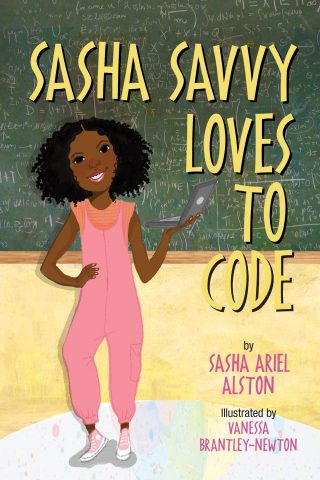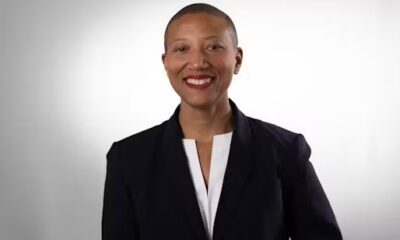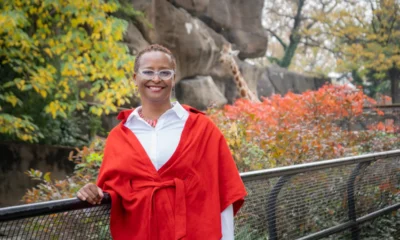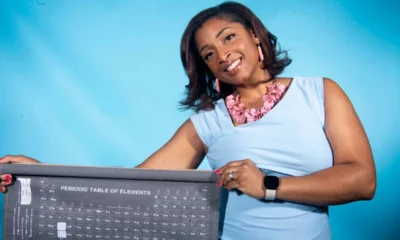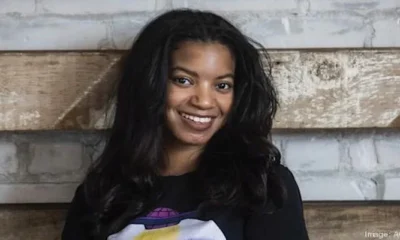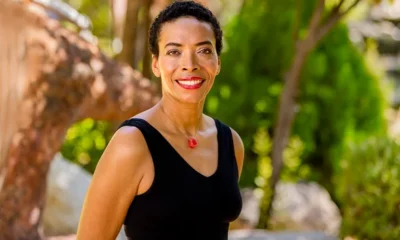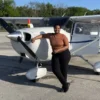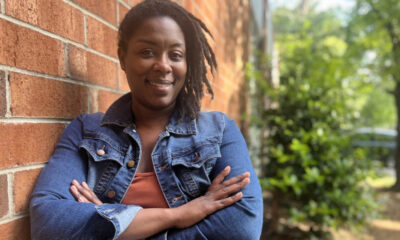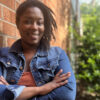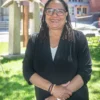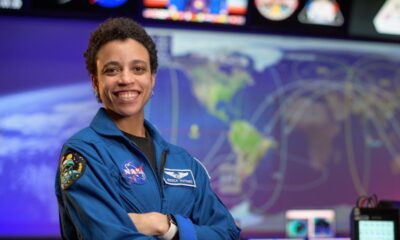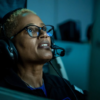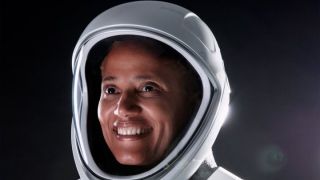Black Women in Science
Teen Tech Author, Sasha Alston, Globally Inspires Girls to Code
This teen learned to love STEM and then passed that loved on
Rosa Parks once said, “Each person must live their life as a model for others.” When 19-year-old tech-savvy scholar and activist, Sasha Ariel Alston, considered how she could use her life, skill set, and knowledge to serve as a model for others to be inspired and courageous, she didn’t hesitate to move forward and put her confidence to the test. After completing six business-tech related internships, entering college as a STEM major, and writing and publishing her first book project, Alston now knows how to be an empowerment model for others.
I sat down with this innovative teen tech author and global promoter of diversity in tech and children’s literature to discuss her inaugural project, “Sasha Savvy Loves to Code,” released on June 2, 2017, amid her many initiatives including Disney’s Dream Big Princess Campaign celebrating inspiring stories from around the world to encourage kids everywhere. Alston’s ultimate mission is to further the culture of science, technology, engineering, and math, while teaching some programming basics as well.
What compels you the most to influence girls in the world of technology?
I believe there is a stigma attached to the field of STEM, which denotes that you have to look a certain way or be a particular gender. I had six internships in technology, business, and education. During those experiences, what I noticed most was the lack of diversity among girls and people of color.
My mother is an author and convinced me to initially write the book. I thought that writing literature would be a very effective way to get more students interested in the field of coding, specifically, because there are not very many books about STEM for youth. It’s also why I wanted the character to be a girl and a person of color. In this way, I could demonstrate that anyone could be interested in coding and technology.
How important do you feel it is to educate black girls, in particular, on coding?
As a black girl, I didn’t become interested in coding until I had my very first internship. Even though I attended McKinley Technology High School, a STEM-based high school in Washington, D.C., I was not aware of the many aspects of technology that could be advantageous to my future. My current major is Information Systems, which is a correlation between technology and business.
My first internship at Microsoft Corp. landed me a position as a marketing manager. That experience forced me to understand the many issues in technology that people aren’t aware of and the diverse routes they could go. Prior to my internship, I believed that the only thing I would be able to do in technology was coding, every day, on my computer. Now, I see that there are so many directions and advantages. This experience became the driver for my desire to educate more students on where they can go with STEM, and specifically, technology.
When did you begin writing this book?
I began writing the book during my junior year in high school and while at my internship at Microsoft. Even though the book is constructed for ages 7 through 10, adults can relate to it as well.
During your internship at Microsoft, how did you adjust to the diversity of working with more students who didn’t look like you?
My internship at Microsoft was not diversified in that the majority of my colleagues were male. Only a few of us were girls. With some of my other internships, there was a lack of diversity with ethnicity and it was more challenging for me to adjust. I managed to get through it even though, only two or three of us were interns of color. However, all of my internships were STEM-based, in business, technology, or education.
You’ve acquired a well-rounded view of the STEM process, from the business side to the application side, which further inspired your desire to write this semi-autobiographical storybook about a 10-year-old African American girl, and her friends, attending an all-girls coding camp. How did your development, going into high school, encourage the completion of this project?
The idea of writing the book was also influenced by having attended a STEM-based school. My view of the STEM process inclined me to want to attend after-school programs and volunteer for various organizations. During my senior year in high school, I participated in a radio interview where I discussed coding. The interviewer did not know what coding was. That made me realize that many other people, as well, did not know what coding was. My mother and I discussed the possibility of writing a children’s book about STEM. She was the motivation behind the book project.
What’s particularly fascinating is to see a young adult write a book for young adults. Your book breaks down the process of coding in the simplest form, and in a way that adults can understand as well.
Exactly. It’s based on a school-age girl, her friends, and family. This age group is when most kids are deciding what interests they enjoy most. I wanted to give kids an additional option, outside of sports, art, etc. I didn’t know anything about STEM until I attended McKinley Tech High School. Had I, myself, been exposed at an earlier age, the likelihood is that I would have …
Please read original article- Teen Tech Author, Sasha Alston, Globally Inspires Girls to Code



